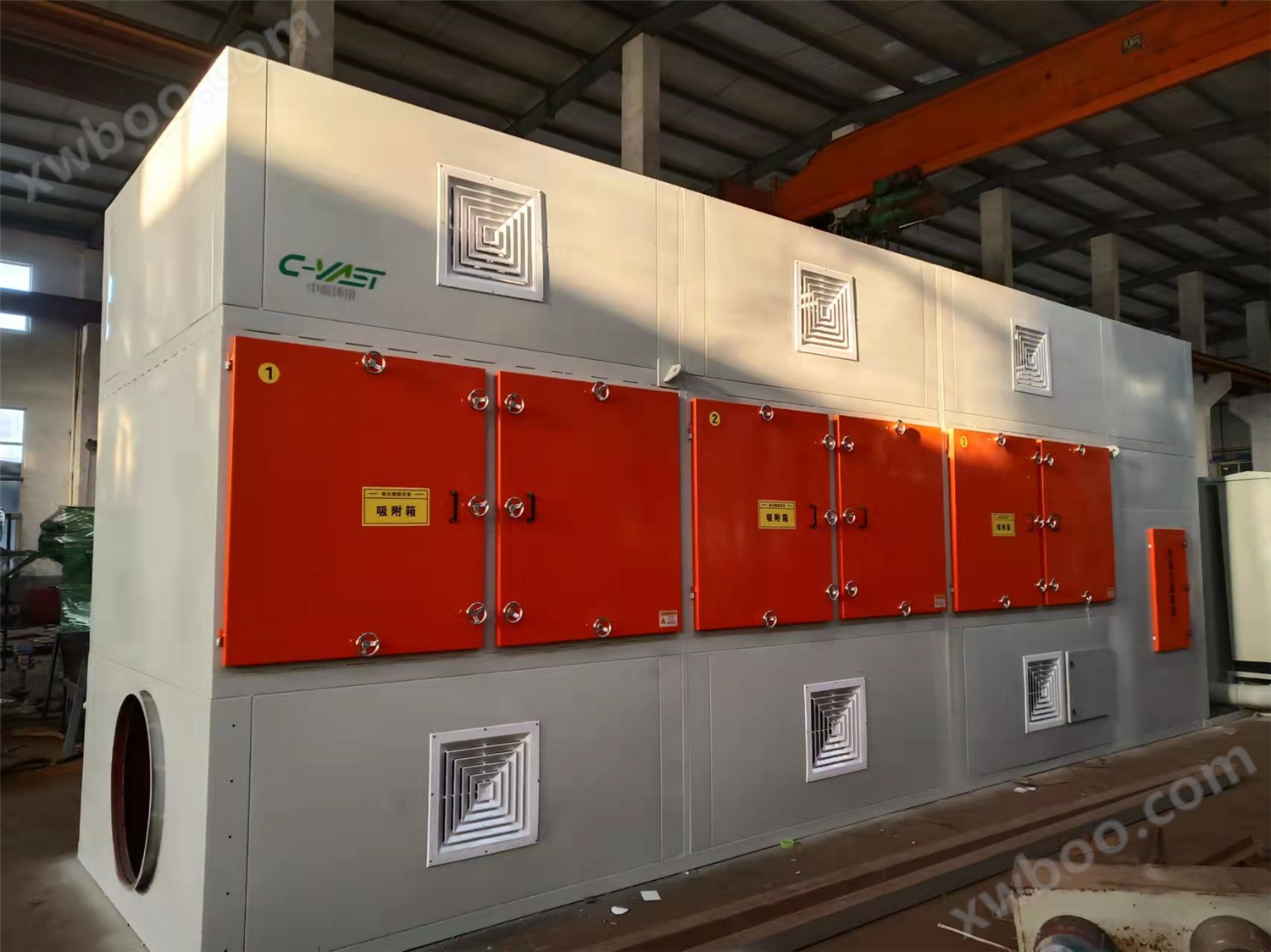The basic principles and characteristics of catalytic combustion:
Basic principles of catalytic combustion
Catalytic combustion is a typical gas-solid phase catalytic reaction, which essentially involves the participation of reactive oxygen species in deep oxidation. In the process of catalytic combustion, the role of the catalyst is to reduce the activation energy and enrich the reactant molecules on the surface to increase the reaction rate. With the help of catalysts, organic waste gases can undergo flameless combustion at lower ignition temperatures, and undergo oxidation and decomposition into and, while releasing a large amount of thermal energy.
 Characteristics of Catalytic Combustion
Characteristics of Catalytic Combustion
1. Low ignition temperature, saving energy
Compared with direct combustion, catalytic combustion has the characteristics of low ignition temperature and low energy consumption. In some cases, external heat is not required after reaching the ignition temperature.
2. Wide applicability
Catalytic combustion can treat almost all hydrocarbon organic waste gases and odorous gases. For low concentration, multi-component, and non recyclable waste gases emitted from industries such as organic chemicals, coatings, and insulation materials, adsorption catalytic combustion method has a good treatment effect.
3. High processing efficiency and no secondary pollution
The purification rate of organic waste gas treated by catalytic combustion method is generally above, and the final product is harmless, so there is no problem of secondary pollution. In addition, due to the low temperature, the generation can be greatly reduced.

